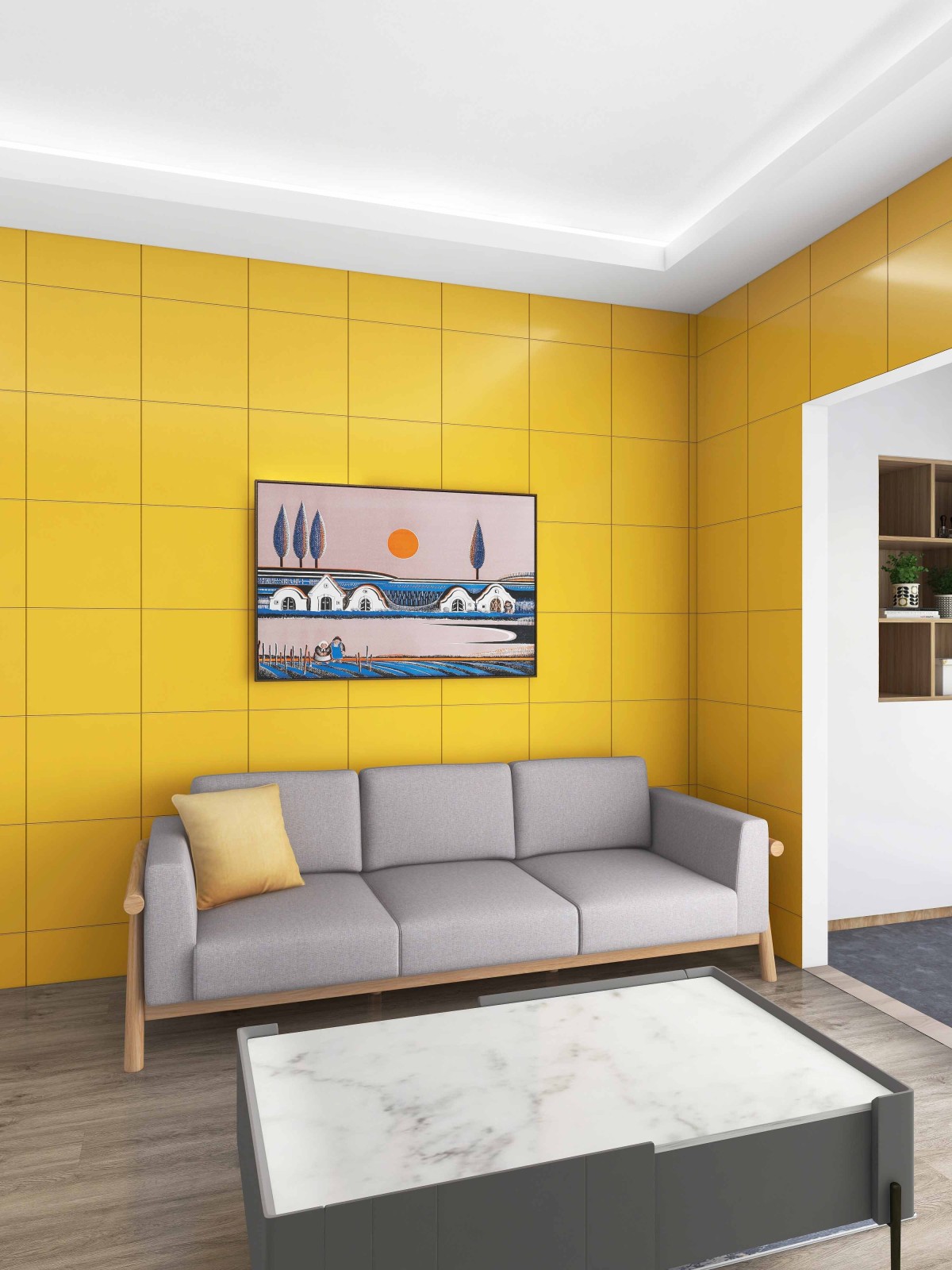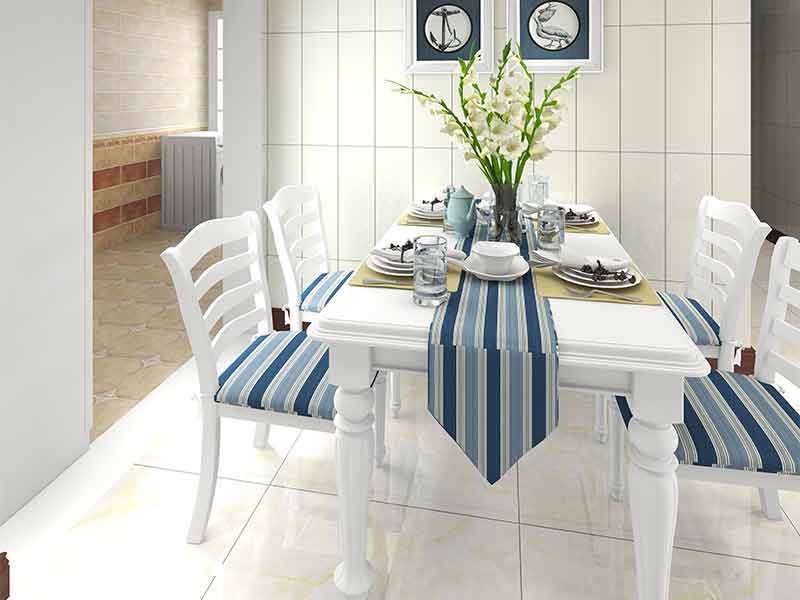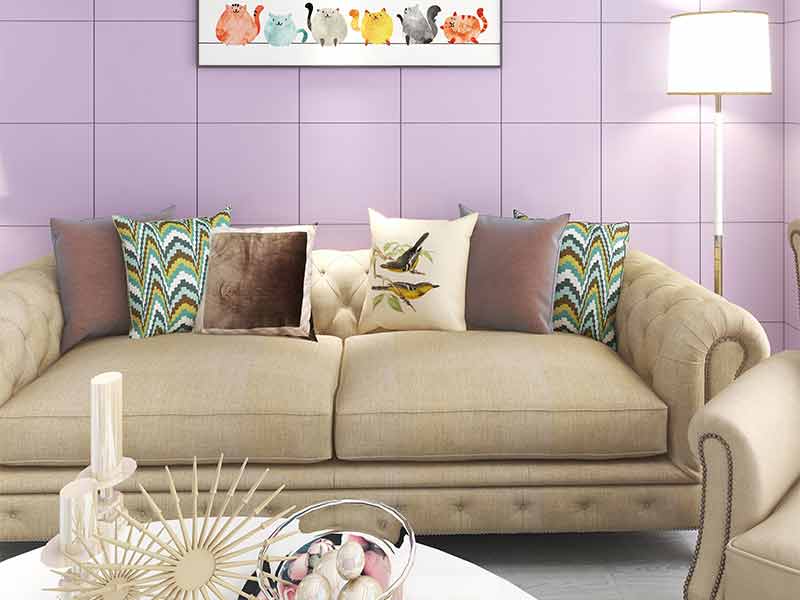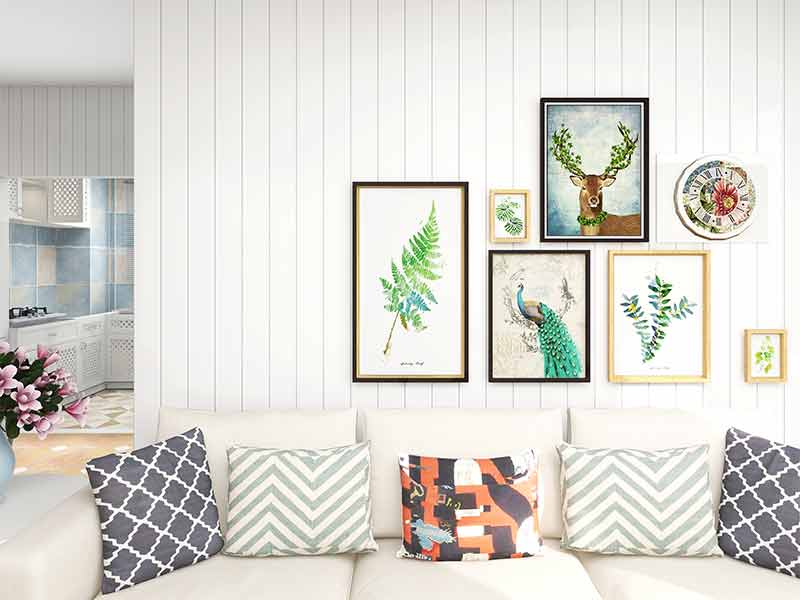NEWS
Categories List
What Is Laminate Flooring and How Does It Compare to Other Flooring Options?
Laminate flooring is a popular synthetic flooring material that has been engineered to mimic the appearance of natural materials like wood or stone at a more affordable price. It consists of several layers that are fused together through a lamination process, offering a combination of durability, ease of maintenance, and aesthetic versatility. Let’s explore what laminate flooring is in detail and how it compares to other common flooring options like hardwood, vinyl, and tile.

1. What Is Laminate Flooring?
Laminate flooring typically consists of four layers:
- Wear Layer: This is a transparent top layer that protects the surface from scratches, stains, and fading. It provides durability and makes the floor resistant to wear and tear.
- Design Layer: The second layer features a high-resolution printed image of wood, stone, or other natural materials, giving laminate flooring its aesthetic appeal.
- Core Layer: Beneath the design layer is a core made from high-density fiberboard (HDF) or medium-density fiberboard (MDF), which provides stability and resilience.
- Backing Layer: The final layer provides moisture resistance and additional stability, protecting the floor from warping.
These layers are pressed together under high heat and pressure, resulting in a hard, durable surface that can withstand daily wear while still looking like real wood, stone, or tile.
2. How Does Laminate Flooring Compare to Other Flooring Options?
Laminate vs. Hardwood Flooring
- Appearance: Hardwood flooring is made from solid or engineered wood, offering a natural beauty and authenticity that laminate imitates but cannot perfectly replicate. Laminate flooring has made significant advancements in its design layer, closely resembling the look of real wood, though some discerning buyers might still prefer the authentic grain and texture of hardwood.
- Durability: While hardwood is prized for its beauty, it is more susceptible to scratching, dents, and water damage. Laminate flooring, with its tough wear layer, is more resistant to everyday damage, making it a better option for households with pets and children. However, hardwood can be refinished multiple times to restore its appearance, whereas laminate cannot be sanded down and must be replaced if damaged.
- Cost: Hardwood flooring is generally more expensive than laminate due to the cost of the material itself and the more labor-intensive installation. Laminate offers a more budget-friendly alternative that still provides a visually appealing finish.
- Maintenance: Hardwood floors require more care, such as regular polishing and careful cleaning to prevent moisture damage. Laminate, on the other hand, is low-maintenance, requiring only regular sweeping and occasional mopping.
Laminate vs. Vinyl Flooring
- Water Resistance: One of the key differences between laminate and vinyl flooring is water resistance. Vinyl flooring, particularly luxury vinyl plank (LVP) and stone plastic composite (SPC) vinyl, is often 100% waterproof, making it an ideal choice for bathrooms, basements, and kitchens. Laminate flooring, while resistant to minor spills and moisture, is not fully waterproof and may warp or swell when exposed to significant water.
- Comfort and Feel: Laminate flooring tends to have a harder, more rigid feel underfoot compared to vinyl. Vinyl floors can feel softer and more comfortable, particularly those with a padded backing. Laminate’s core layer provides more stability and rigidity than vinyl, making it feel more substantial in some cases.
- Installation: Both laminate and vinyl flooring offer easy click-lock installation systems, making them suitable for DIY projects. However, vinyl has an advantage in high-moisture areas, while laminate is best suited for dry, less humid spaces.
- Cost: Vinyl and laminate are both affordable options, with vinyl sometimes being slightly more expensive depending on the quality and type. However, both are generally less expensive than hardwood or tile.
Laminate vs. Tile Flooring
- Appearance: Ceramic and porcelain tiles offer a sleek, durable surface that can resemble stone or other natural materials. Laminate flooring can replicate the look of tile but lacks the cool, solid feel of real ceramic or porcelain.
- Durability: Tile is incredibly durable and water-resistant, making it ideal for kitchens, bathrooms, and outdoor areas. Laminate is durable in high-traffic areas but is not as water-resistant as tile, so it's less suitable for wet environments.
- Installation and Comfort: Installing tile requires more expertise and time than installing laminate. Tile also tends to be colder underfoot, while laminate provides a warmer feel, often making it more comfortable for living spaces.
- Cost: Tile can be more expensive than laminate due to material costs and labor-intensive installation. Laminate, with its easier installation and lower material costs, is often a more budget-friendly choice for those looking to replicate the look of tile.
3. Key Advantages of Laminate Flooring
- Affordability: Laminate flooring is an excellent choice for budget-conscious homeowners who want the look of hardwood or stone without the high price tag.
- Ease of Installation: Many laminate floors feature click-lock systems that make them easy to install as a floating floor without the need for nails or adhesives.
- Durability: The tough wear layer makes laminate flooring resistant to scratches, stains, and fading, making it a good option for busy households.
- Variety of Styles: Laminate is available in a wide range of designs, including wood, stone, and tile appearances, allowing for versatile use in various rooms.
Conclusion
Laminate flooring is a versatile, affordable, and durable option that mimics the appearance of more expensive materials like hardwood and stone. While it may not offer the same level of authenticity as real wood or tile, it excels in terms of affordability, ease of installation, and low maintenance. Compared to hardwood, it is more scratch-resistant and affordable, though less water-resistant than vinyl or tile. Laminate provides a practical solution for homeowners seeking a balance of style, durability, and budget.
Leave A Reply
Please give us a message
CONTACT US
Please give us a message
CONTACT US



